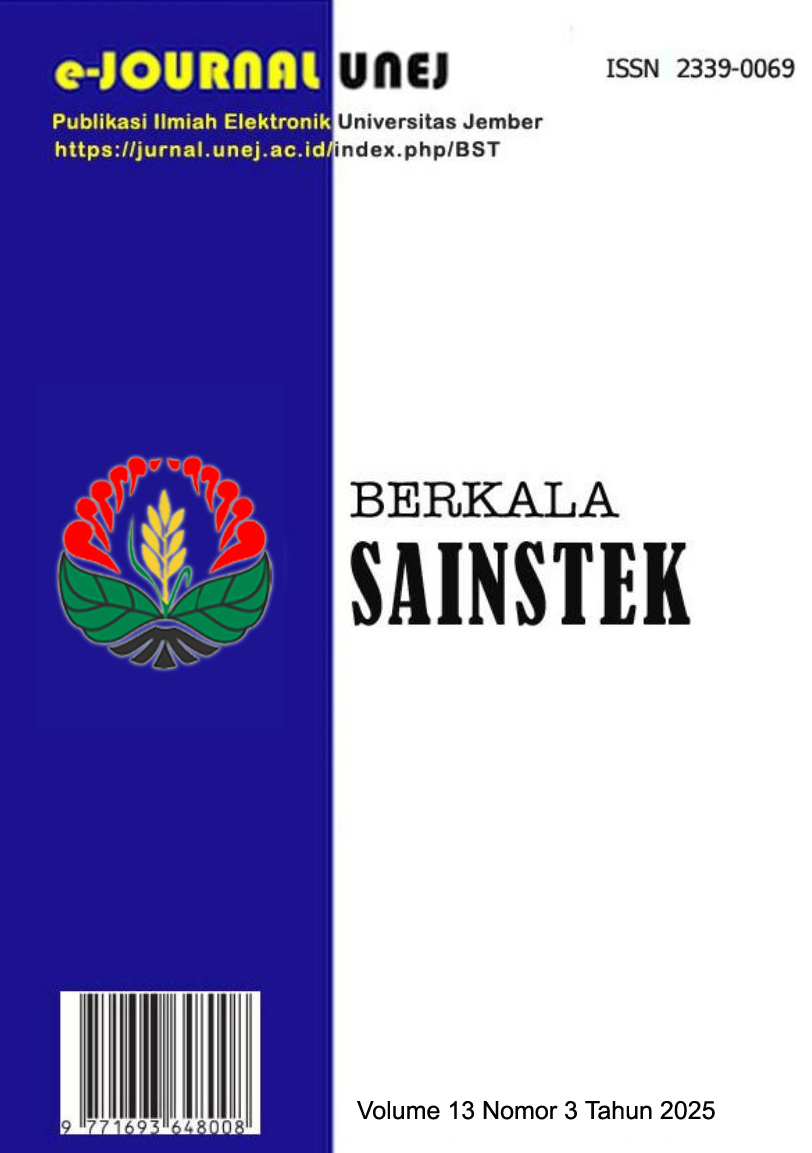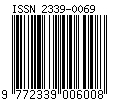Effect of Water Quality on Planaria sp. Growth
DOI:
https://doi.org/10.19184/bst.v13i3.53697Keywords:
Abiotic factors, Animal development practicum, Environmental indicator, Planaria sp., Water qualityAbstract
Water quality is one of the important factors that affect the growth of an organism. The quality of water can be determined by water quality analysis tests such as biological analysis using biota that are sensitive to environmental conditions. One of the aquatic biota that has high sensitivity to its environment is planaria. The purpose of this study was to determine the effect of water quality in the environment of FMIPA, University of Jember on the growth of planaria as a model for developing Animal Development Practicum. The research method was carried out using 4 different water sources. Each water source was given three types of planaria (intact, split into two parts and split into three parts) and different lighting sources. Several abiotic factors in each water source were measured to describe the condition of the water. Based on the results of the study, it can be seen that the order of water sources that have the greatest effect on planaria growth is water sources in Biology, Physics, Mathematics and Microbiology. Based on the PCA analysis, it shows that DO and BOD values are positively correlated, TDS is also positively correlated with pH, while salinity does not show a significant correlation with other variables in this main component. The results of this study can be used as a practical model for animal development because the materials are easily obtained in nature, the regeneration process is fast, the costs are low, effective, and efficient, and this organism can adapt to extreme environmental conditions.
Downloads
Downloads
Published
Issue
Section
License
Copyright (c) 2025 Efie Fadjrijah Eka Dewi, Rendy Setiawan, Ela Apriliyanti Hasanah

This work is licensed under a Creative Commons Attribution-NonCommercial 4.0 International License.




